The former home of the real Mr Rochester comes up for sale in Skipton
Grade II-listed Embsay Kirk sits in eight acres of gardens and grounds, surrounded by inspiring open Dales countryside.

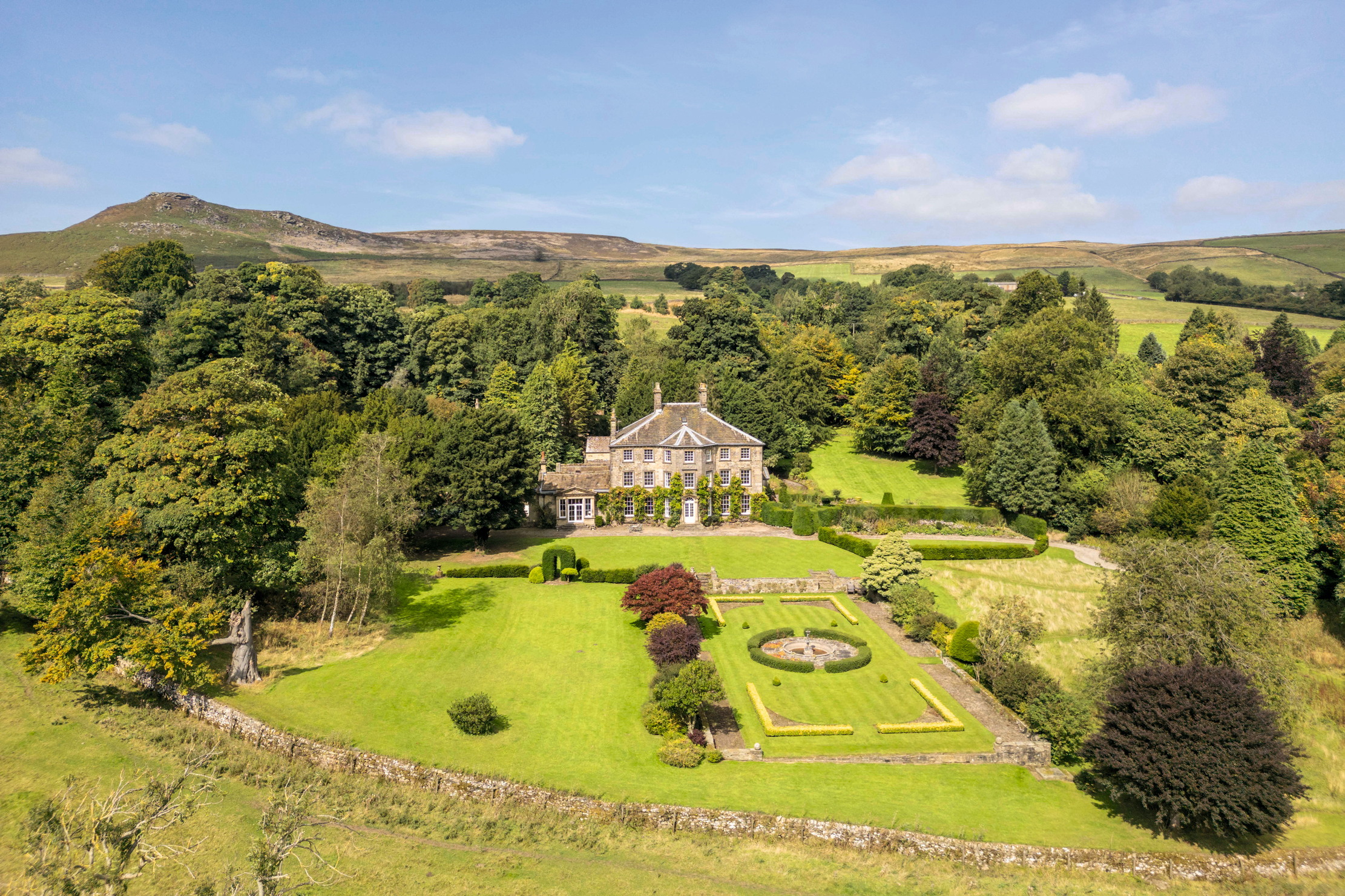
Within the Yorkshire Dales National Park, Blenkin & Co seek ‘offers over £1.95m’ for Grade II-listed Embsay Kirk at Eastby, two miles from Skipton. A classic Georgian house, it is set in eight acres of wooded gardens and grounds in the lee of Embsay Crag, surrounded by open Dales countryside and the Bolton Abbey estate; it is also close to one of the best grouse moors in England.

Following the Dissolution of the monasteries in 1538, the Lords Clifford of Skipton Castle bought land confiscated from Bolton Priory and later resold it on 1,000-year leases to local residents who built grand houses with the local stone. According to its Historic England listing, Embsay Kirk stands on the site of the 12th-century Augustinian Priory of St Cuthbert, which later moved to Bolton Abbey.
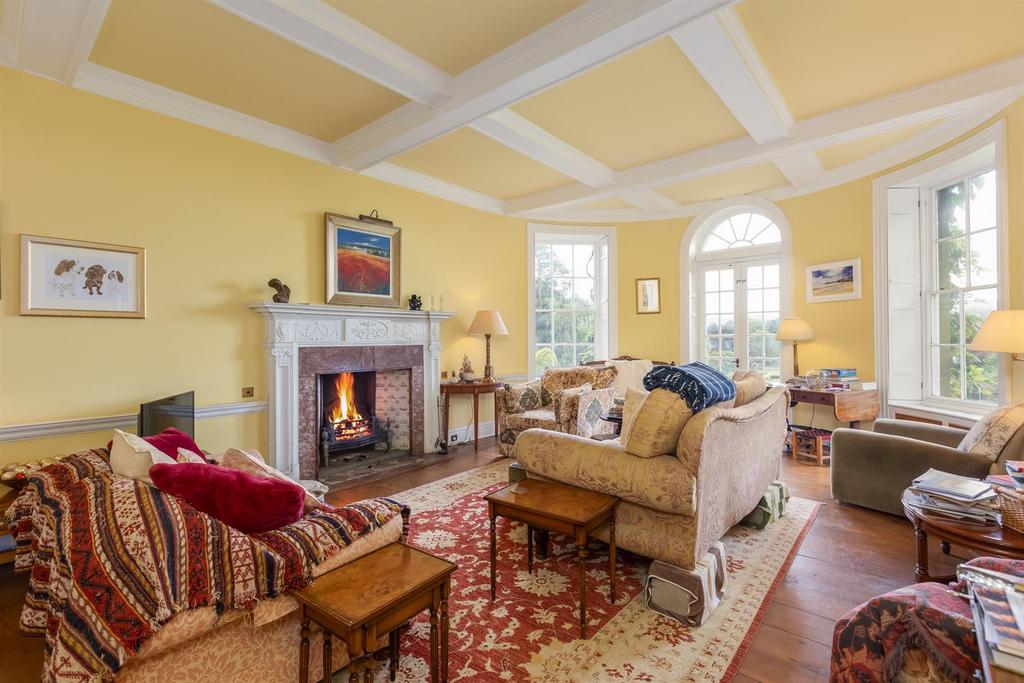
Built on three storeys of sandstone ashlar under a slate roof, Embsay Kirk dates from the early 1780s; 19th-century additions include a rearranged central staircase and service stair, both from about 1830, and a Victorian former billiard room (now the music room) of about 1870. Its design is attributed to Yorkshire’s most prolific architect, John Carr.

An early incumbent of Embsay Kirk was mill owner John Sidgwick of nearby Stone Gappe Hall, who employed Charlotte Brontë as governess to his children in May 1839. The eldest Brontë sister reputedly admired Sidgwick, but disagreed with Sidgwick’s wife regarding their unruly children’s upbringing and returned home to Haworth two months later. In her novel Jane Eyre, Sidgwick is said to have been the model for Mr Rochester and Stone Gappe Hall that of the heroine’s childhood home, Gateshead Hall. In 1847, Sidgwick moved with his family to Embsay Kirk.
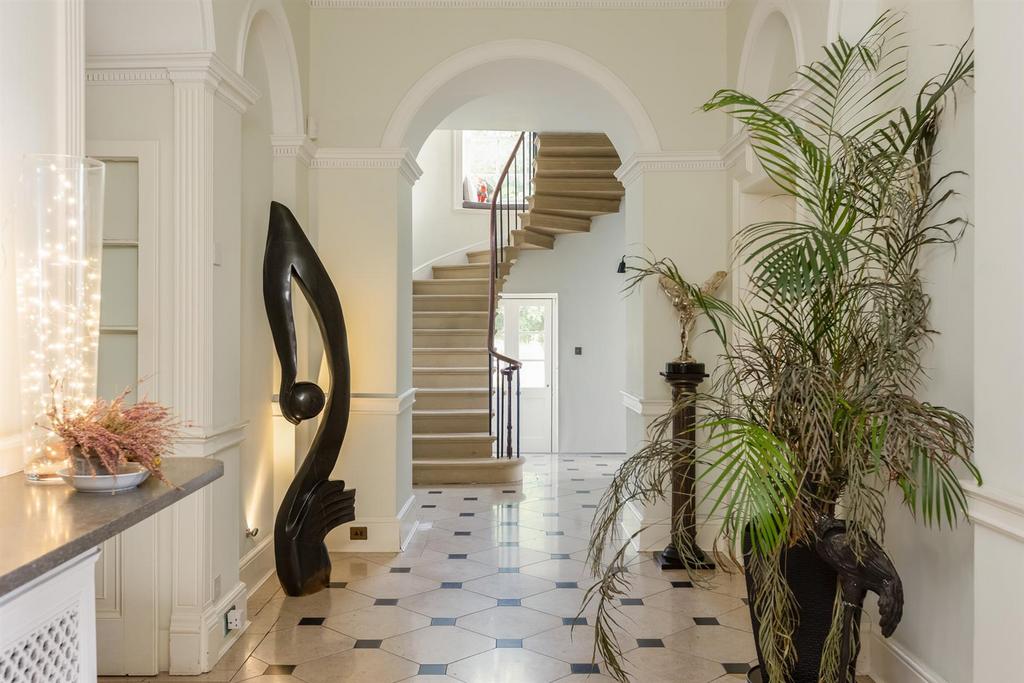
John Edwards, the present owner, remembers admiring the lovely Georgian house from his parents’ holiday cottage in Eastby, when it was a family joke that if the big house ever came up for sale, they would buy it. This his parents did in 1975, when, having seen it advertised in the Yorkshire Post, they viewed it the same day and swiftly agreed a sale.
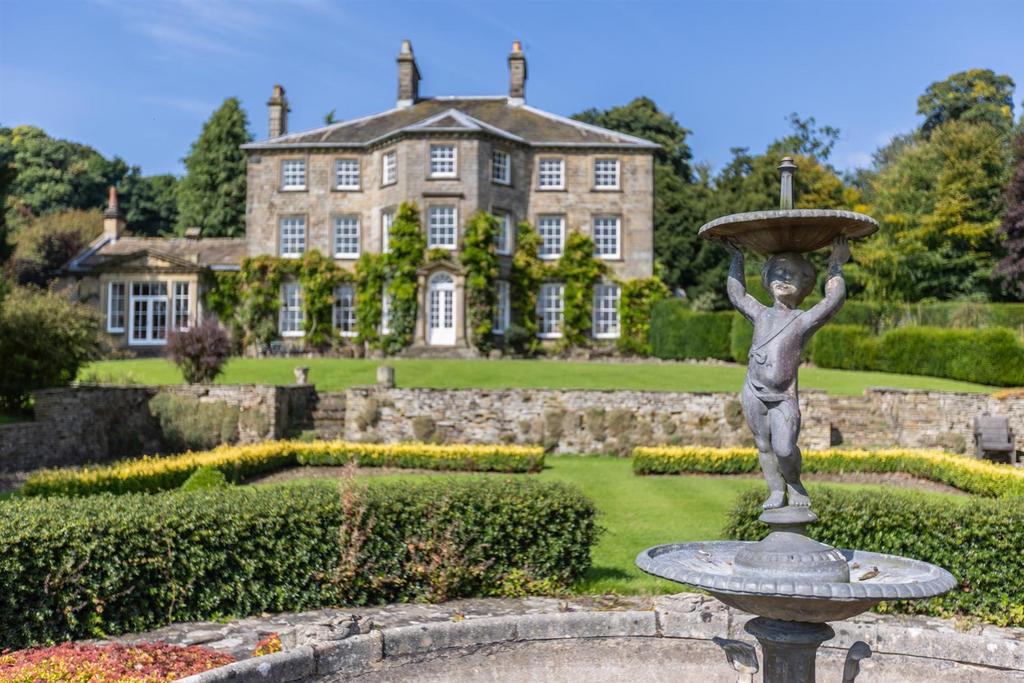
Mr Edwards grew up at Embsay Kirk before moving away for work, but always dreamed of going back. Some years later, he and his wife bought and moved to Embsay Kirk’s old coach house, before eventually moving to the big house. They now plan to sell the Edwards family’s cherished home of almost 50 years and downsize back into the coach house.

The historic Dales country house is undergoing a programme of restoration, with further modernisation still to be done. It offers almost 10,000sq ft of versatile accommodation, including entrance and staircase halls, four reception rooms, a study, kitchen/breakfast room, various utilities, vaulted monastic cellars, a principal bedroom suite, eight further bedrooms and two bathrooms.
Exquisite houses, the beauty of Nature, and how to get the most from your life, straight to your inbox.
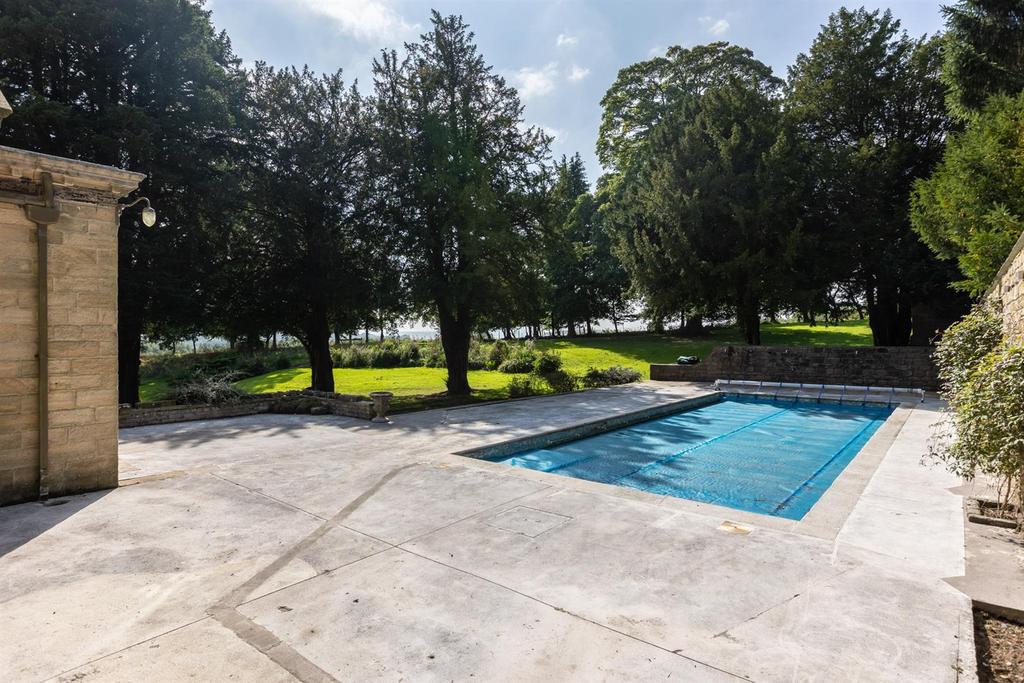
A range of vaulted traditional outbuildings to the north of the house includes a shoot room, workshop, boiler room and pool plant room. The land wraps around the house to the south and west, with an elevated pool terrace to catch the sun throughout the day. Formal gardens comprise a sweeping lawn and a sunken garden enclosed by a dry-stone wall, clipped box hedging and a central ornamental pond. Mown green pathways lead through wildflower meadows and a ‘church walk’ that once led to St Mary’s Church meanders through the grounds.
Penny Churchill is Country Life's property correspondent.

Credit: Abbotts
A 12th century Benedictine monastery with its own chapel that's now a seven-bedroom family home
There are homes with original features, and then there's Horsham St Faith Priory in Norfolk.

